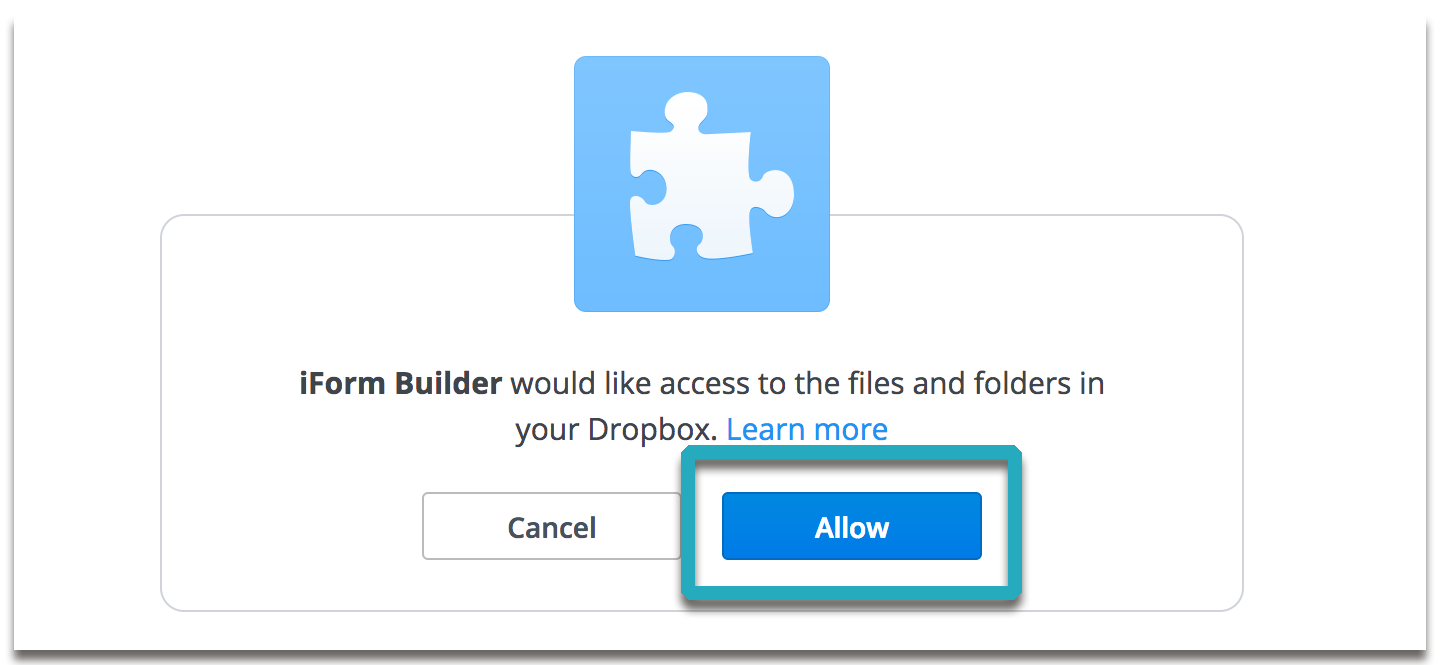
“For example, if you’ve ever left your laptop on a plane, you’re not just worried about the laptop,” cautions the firm.

Back to Dropbox Pro: as for the new password-protected sharing links (pictured below), these help ensure that people with the password can access your content.Īlso part of the new sharing controls in Dropbox Pro: expirations for shared links that let you set how long your links stay up and view-only permissions for shared folders to pick whether recipients can edit or just view files within a shared folder.Īs can be seen on the screenshot right able, the remote wipe functionality - now also part of Dropbox Pro - makes it easy to delete your Dropbox files from a lost or stolen notebook, tablet or smartphone. However, OneDrive offers free accounts with fifteen gigabytes while Apple’s iCloud offers only 5GB of free storage. OneDrive by Microsoft does not have a personal 1TB tier yet ( go here for OneDrive upgrades) and offers 200GB in exchange for $4.99 per month, which is nearly in line with latest iCloud pricing (20GB for $1 per month, 200GB for $4 per month). The single 1TB tier for $10 per month, or $100 per year if you choose to pay annually, brings Dropbox in line with competing services like Google Drive and Microsoft’s OneDrive.įor example, a Google Drive with 1TB of storage will set you back $9.99 per month. Previously, the $9.99 tier came with just a hundred gigabytes of storage, whereas the flagship 500GB tier used to cost a whopping $500 per year. In addition to doubling the amount of storage included in the plan, Dropbox Pro also introduces new sharing controls and safeguards for lost devices allowing you to share content using password-protected links and initiate a remote wipe of your Dropbox on any lost device.Īccording to Dropbox, the multiple Dropbox Pro tiers have now been replaced with a single $9.99 per month tier with 1TB of storage and the aforementioned new features. Dropbox, the popular cloud-storage startup, today announced it’s increased the $9.99 per month Dropbox Pro tier to one terabyte of storage, up from the previous capacity of 500 gigabytes.


 0 kommentar(er)
0 kommentar(er)
